Kitchen Countertops 101— Your 11 (that’s right, ELEVEN) most common countertop choices — BYHYU 0338/31/2016 Choosing your kitchen countertop is one the more fun and exciting choices that you’ll make for your new home. Choices should be made based on the material’s appearance, durability, maintenance and price. This week we’ll cover the most common types of materials used for kitchen, and bathroom, countertops, including laminate, ceramic and porcelain tiles, solid surface options, like Corian, butcher block, stainless steel, concrete, soapstone, marble, granite, quartzite and quartz. There’s a difference between quartzite and quartz, you know? We’ll talk about all of those options in just a moment. But let’s begin with this week’s pro term: Edge Return. An edge return is a countertop edge that’s several inches long (from top to bottom) that gives the appearance of a thicker slab. You know those countertops that look like they’re 3 or 4 inches thick? Well, more than likely, those thick-looking countertops are made with an edge return. Most stone countertops are about 3 centimeters thick, which translates to about 1 1/4 inches. If you want the more dramatic, luxurious look of a countertop that’s several inches thick, request an edge return. With an edge return, a thin slice of stone, measuring several inches from top to bottom, will be attached to the edge of your slab. When the countertop is set in place, it’ll have the look, but the price, of a thick countertop. Now, let’s get into this week mini lesson. Although there are actually more options for kitchen and bathroom countertops than we’ll cover today, we’ll go over the 11 most common choices. Starting with … 1. LAMINATE For those on a tighter budget, laminate countertops are still a popular option. Today’s laminate doesn't look like the inexpensive, harvest gold countertops that we had in the 70’s and 80’s. Today’s laminate is much more sophisticated. Laminate comes in many colors and patterns, including designs that mimic stone and butcher block. Laminate is made of a particle board core that’s covered with a blend of paper and resin. The main advantage of laminate is price. It ranges from $10-$40 per linear foot, installed. It’s also easy to clean and maintain. Disadvantages of laminate are that it can be scratched and burned. And wear and tear and exposure to moisture can cause the layers of the laminate to peel. It’s susceptibility to moisture damage also means that laminate countertops cannot be used with undermount sinks. Finally, if the laminate does get damaged, there is no easy way to repair it. In most cases, you’ll have to live with the imperfections or completely replace the countertop. 2. CERAMIC & PORCELAIN TILES Ceramic and porcelain tile are made of clay or other naturally occurring materials. Porcelain tile is a version of ceramic tile that is denser, less porous and more expensive than ceramic tile. Ceramic and porcelain tile, like laminate, come in a variety of colors. Tiles are also available in a wide range of sizes, textures, and finishes. Starting at less than $10 per linear square foot installed, it too can be a budget friendly choice. But prices can go up to as much as $80 a square foot, for some styles. Do-it-yourselfers can save significantly by installing their own tile countertop. Tile is probably the best countertop option for DIYers. You can purchase basic tile for less than $2 per square foot. Most tile is heat and scratch resistant, but countertops can be difficult to keep clean, mainly because of the grout lines. Unsealed grout can stain and is prone to moisture damage and bacterial growth. All grout wears over time and it will need to be renewed or replaced periodically. Many varieties of tile are glazed, so they are resistant to stains and moisture. But be careful of unglazed varieties which can easily stain and be damaged by standing water. For the lowest maintenance tile countertop, choose glazed tile with darker grout and have your grout sealed. Another disadvantage of tile countertops is their uneven surface, which makes some kitchen tasks, like rolling out dough, challenging. Tile can break, crack and chip. The good news is, individual tiles can be replaced fairly easily if damaged. So, if you decide to go with tile countertops, or tile flooring, for that matter, buy a few extra tiles so you have them on hand in case you need to replace a damaged tile in the future. 3. SOLID SURFACES Best known by their brand names, Corian and Wilsonart, solid surface countertops are made of resins and mineral fillers. You can choose from many colors, including very bright, bold colors, and several patterns. Although solid surfaces can be scratched and nicked, those imperfections can be buffed out using a mildly abrasive pad. These surfaces are stain resistant, but can be discolored by high heat. The cost of solid surface countertops is $40 to $65 per linear foot, installed. 4. BUTCHER BLOCK A variety of woods, including cherry, birch, and even mahogany can be used for a butcher block countertop. But maple is that’s the most popular choice. Butcher block surfaces are made of strips of solid wood glued together. They're susceptible to stains, scratches, dents, and burns. Many people like the look of worn wood that occurs over time with a butcher block countertop. But if you don’t, sanding and resealing the wood can make the countertop like almost new. Butcher block counters are moderately priced, ranging from $35 to $100 per linear foot installed. Moisture and humidity can damage wood countertops, causing them to swell. So sealing the wood with beeswax, or natural waxes or oils, is essential. Most experts don’t recommend sealing butcher block countertops with conventional wood varnishes since most varnishes are not food safe. 5. STAINLESS STEEL Stainless steel countertops are commonly seen in commercial kitchens for good reason. They’re resistant to stains, heat and bacteria. For those reasons, some homeowners are now choosing stainless steel countertops for their homes— especially if they want a more industrial, contemporary-looking space. Stainless steel countertops are custom made, so they’re more expensive than you might think at $65 to $125 per linear foot, installed. Stainless steel shows fingerprints, so if that bothers you, you should either choose another material and be prepared to frequently wipe down your countertops. It can also dent and make loud clanging noises as pots, pans and heavy dishes are placed on countertops. Some chemicals can discolor stainless steel or cause a whitish etching effect. 6. CONCRETE Edgy and unexpected, concrete countertops are next on our list. Like stainless steel, they give the kitchen an more industrial, contemporary look. But concrete countertops can be found in both modern and traditional kitchens. Concrete can be cast in unusual shapes and can be tinted with a variety of colors. Interesting items such as sea shells, glass and stones can be added to the poured concrete for a really unique countertop. Although concrete is durable, it is not as heat resistant as some other options. Over time, small cracks will naturally develop in concrete. And because it’s porous, concrete can stain, so it has to be regularly sealed. Extra support is needed for concrete countertops because they are so heavy. The price is similar to stainless steel at $75 to $125 per square foot, installed. 7. SOAPSTONE Remember those dark gray or black table tops that you had in high school or college science classes? That’s soapstone. And some homeowners are choosing that material for their kitchen countertops— mainly for its unique warmth. It usually starts out light to medium grey, it darkens over time. Soapstone is relatively soft and can scratch, crack and nick more easily than other countertop options. To maintain soapstone, it needs to be polished with oil on a regular basis. Soapstone costs $70 to $100 per linear foot, installed. 8. MARBLE Marble is known for it’s timeless elegance. It can make virtually any kitchen feel more luxurious. Marble comes in a variety of colors and patterns. Although marble tiles can be used for a countertops, it’s much more common to see marble slab countertops. Marble is relatively resistant to heat and is an excellent surface for avid bakers because the surface stays relatively cool, allowing dough to hold together nicely. But marble can scratch, chip and stain. In fact, some marble can stain even if it’s sealed. Marble ranges from $40 to over $100 per linear foot installed. 9. GRANITE Granite is one of the most popular countertops installed in new kitchens. Granite is a natural stone that’s quarried from the mountains of Italy, the United States, India, and several other countries worldwide. It comes in colors and patterns ranging from muted and subtle to bold and exotic. Granite can cost from $35 per linear foot, for builders’ grade varieties to over $175 per foot for exotic slabs. Granite is resistant to nicks, scratches and heat. Although granite is not as susceptible to staining as marble, it CAN stain, so sealing granite once or twice a year is a must. Did you know that some granite is dyed? And unfortunately, that dye can fade over time. Black or very dark granite are the varieties that are most often dyed. Always ask if dye has been added to the granite you’re considering. And if the answer is yes, it’s best to avoid those dyed slabs. 10. QUARTZITE Quartzite is a hard natural stone. It starts as pure quartz sandstone. Then, that sandstone is converted into quartzite through heat and pressure that naturally occurs under the earth’s surface. Quartzite is absolutely beautiful. If marble and granite had a baby, it would look like quartzite. It has the veining of marble, but the subtle mottling and strength of granite. In fact, quartzite is harder than granite so it’s resistant to scratches and nicks. Like other natural stones, quartzite can stain and must be sealed once or twice a year. Quarzite costs $60 to $100 per linear square foot installed. 11. QUARTZ Quartz is a manmade material that is also called engineered stone or manufactured stone. It is made of about 93% crushed, natural quartz combined with pigment and resin. You might know quartz by the brand names Silestone, Ceasarstone or Cambria. I used to not be a fan of quartz because I hate what I called “fake marble and fake granite”— the quartz industry’s attempt to mimic natural stone. A few years ago, it looked really fake. But now, those mimics look extremely authentic. I talked to several quartz distributors at the International Builders Show last january and they all said that there have been big changes in the last few years that have allowed them to make the quartz look much more like authentic stone. I couldn’t believe how well the new versions of quartz mimic marble and granite. If you decided against quartz a few years ago because, like me, you "hate the fake", go take a look at the newest versions of quartz. I think you’ll be pleasantly surprised. And for those of you who want bold, brightly colored countertops, quartz comes in bright colors like blue and red. Quartz has much of the beauty of natural stone, but none of the maintenance. It resists scratches, bacterial growth, heat and stains and never needs to sealed. Quartz is about the same price as marble at $80 to over $100 per foot installed. Let me caution you: Quartz is a durable, beautiful countertop option, but it is NOT indestructible. Quartz is hard, but since it has some resins added to it, it’s not quite as hard as all natural quartzite. Quartz can chip, but not easily. And although it is resistant to stains and heat, its not completely stain and heat proof. I’ve read on a couple of forums that the quartz countertops got discolored when a very hot pot was placed on the quartz. I’ve also read that wet metal pans can leave rust stains on quartz. Sometimes the stains can be removed and sometimes not. Just remember that quartz might be more resilient than other materials, but that any countertop, including quartz, can be damaged under the right circumstances. Well, that’s it for this week. Hopefully that information will help you narrow down your choices for your kitchen countertop. If you’re going with natural stone, always go to the stone yard and choose the specific slabs that you want because the appearance of natural stone can vary considerably from slab to slab. If you know someone who’s building a new house or remodeling a kitchen, please feel free to share this episode with them. Just look for the share icon if you are on your phone or tablet, or copy and paste the web address and email or text it. Alright, let’s see how you do on this week’s quiz. QUIZ 1. The main advantage of laminate is A. Price B. Durability C. Moisture resistance D. It’s easily repaired The answer is A, price is the main advantage of laminate. It’s $10-$40 per linear square foot, installed. Laminate is made with a particle board core covered with a paper-resin blend, so it’s not very durable or moisture resistant when compared to other options. And laminate is not easily repaired. If damage, you’ll have to live with the imperfections or replace the laminate. 2. Which of the following is false? A. Quartzite is a natural quarried stone that starts as sandstone and changes to quartzite as a result of heat and pressure under the earth’s surface B. Quartz, also called engineered stone, is a manmade material made of about 93% crushed natural quartz plus pigments and resin C. Quartz is indestructible D. Quartzite is harder than quartz The answer is C. Quartz is NOT indestructible. It IS very durable and resistant to heat, stains, chips and scratches. But like all countertop materials, quartz can be damaged under the right circumstances. You don’t have to baby a quartz countertop, but you shouldn’t abuse it either. The more careful you are with any countertop material, the longer it will last and the more beautiful it will remain as it ages. Please remember that the purpose of this podcast is simply to educate and inform. It is not a substitute for professional advice. The information that you hear is based the only on the opinions, research and experiences of my guests and myself. That information might be incomplete and it’s subject to change, so it may not apply to your project. In addition, building codes and requirements vary from region to region, so always consult a professional about specific recommendations for your home. Thank you for joining me this week. I hope you’ll come back for the next addition of Build Your House Yourself University (BYHYU).
0 Comments
Your comment will be posted after it is approved.
Leave a Reply. |
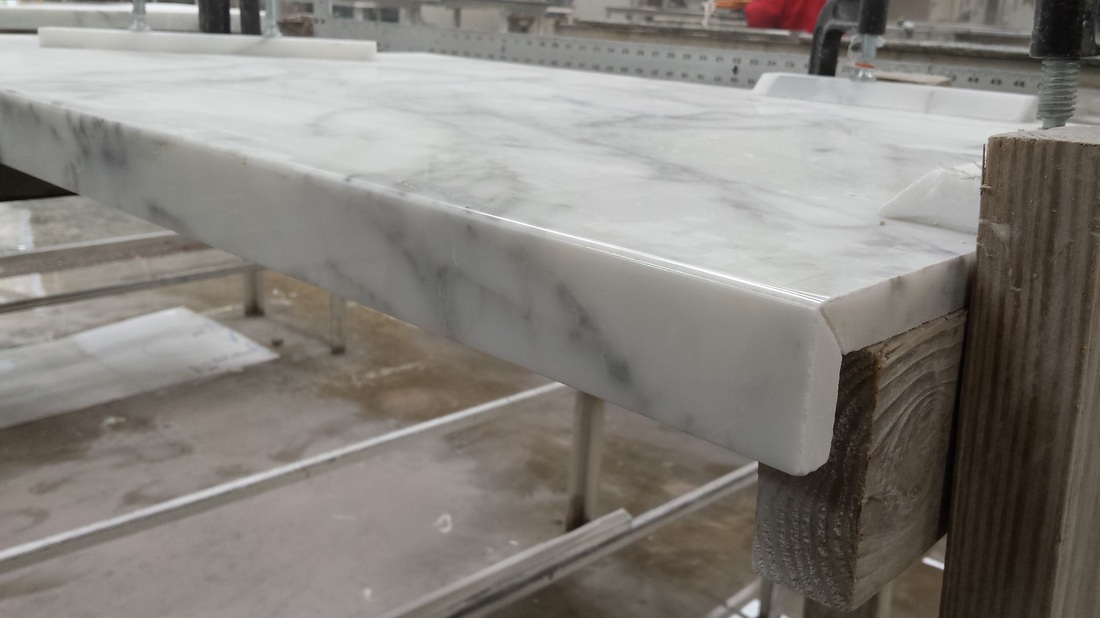
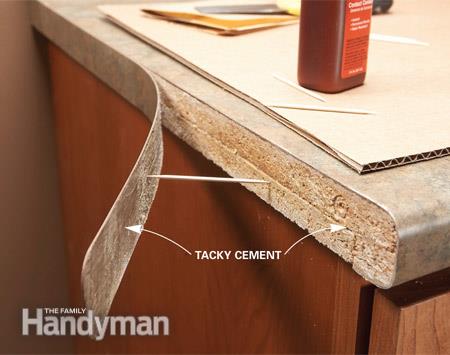
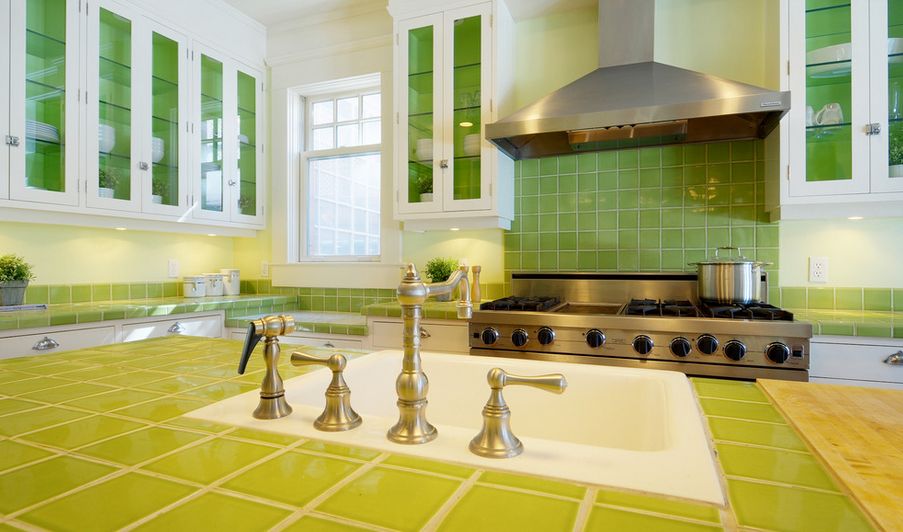
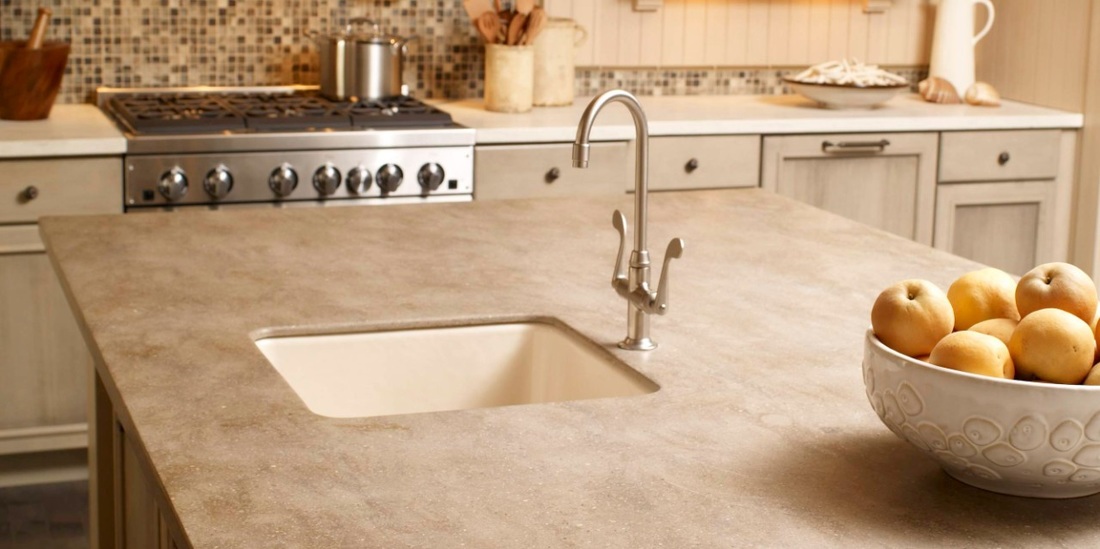
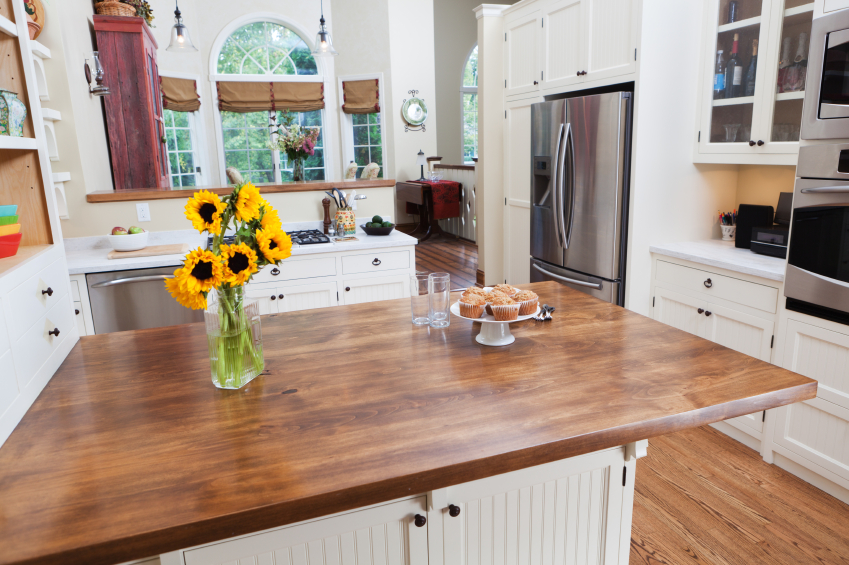
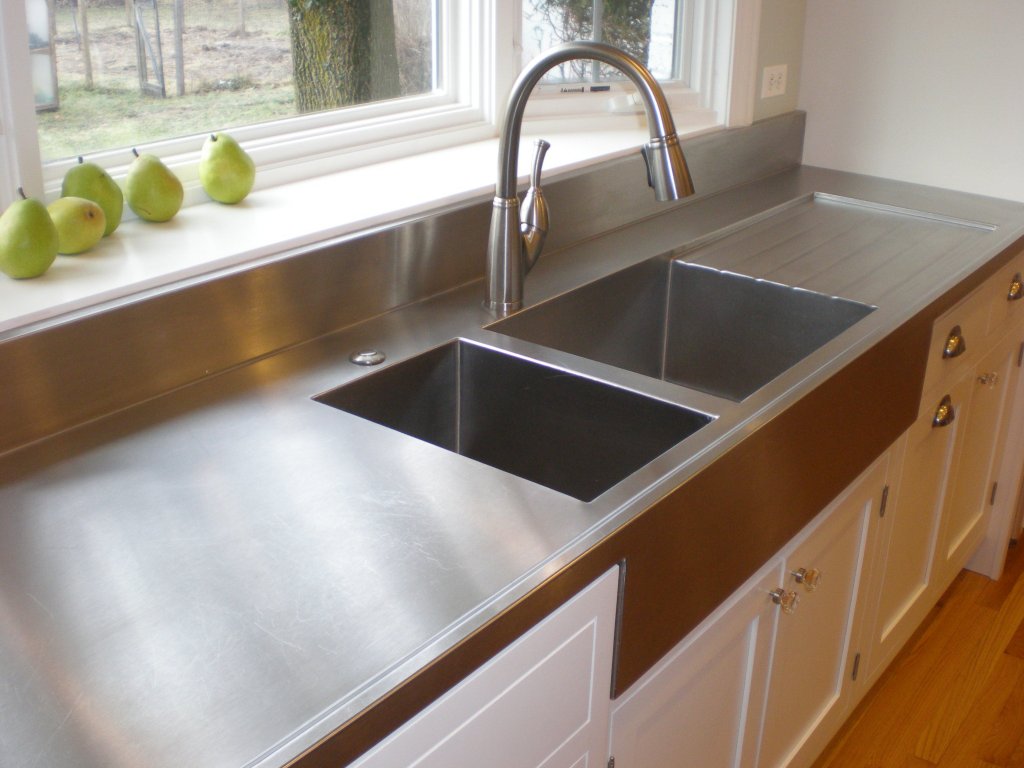
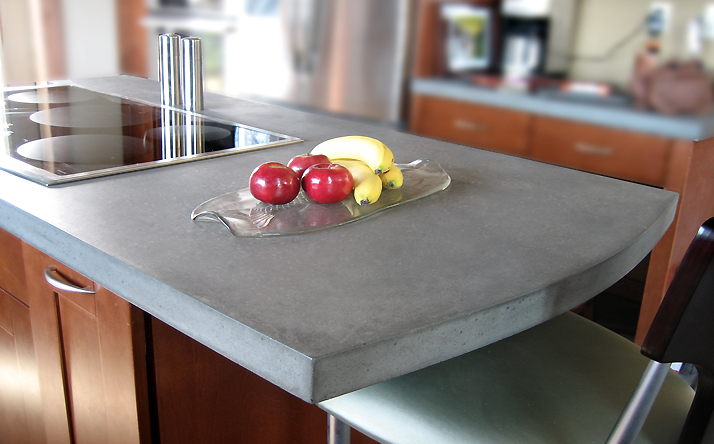
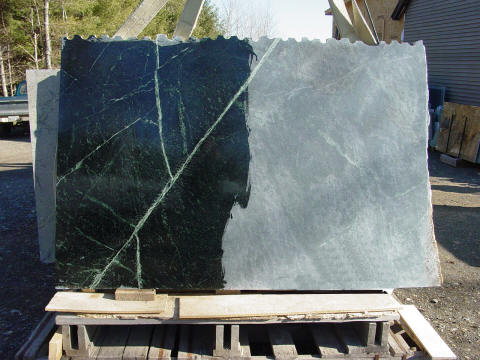
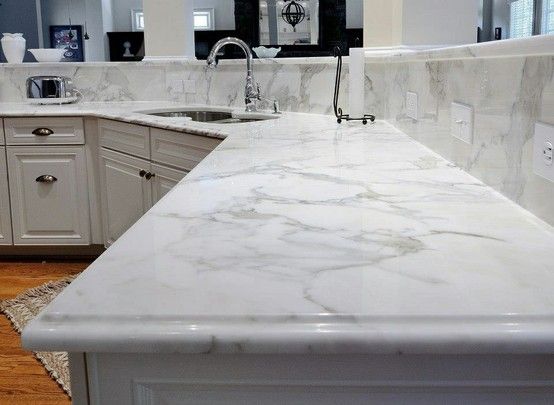
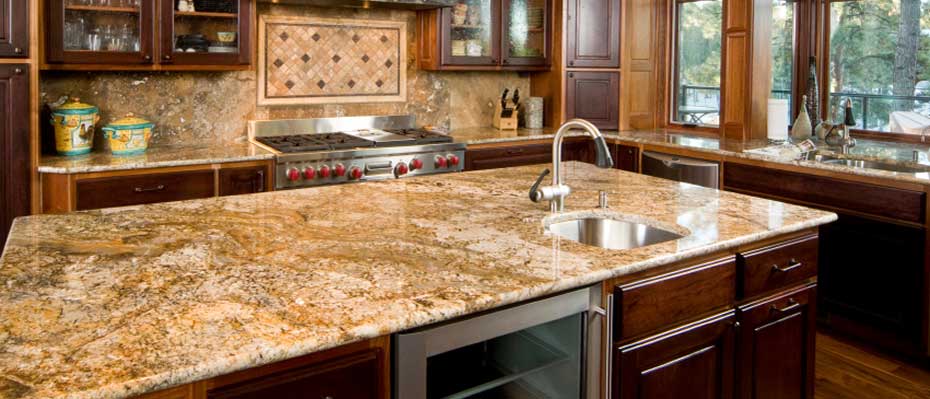
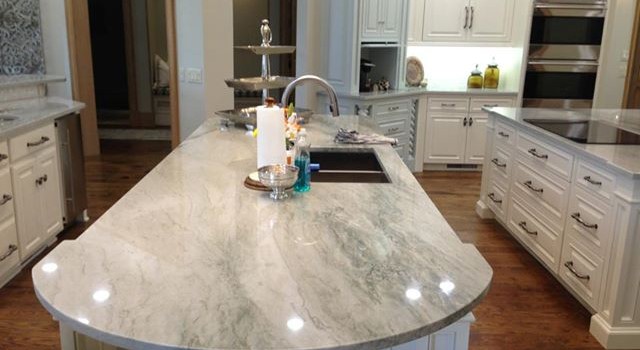
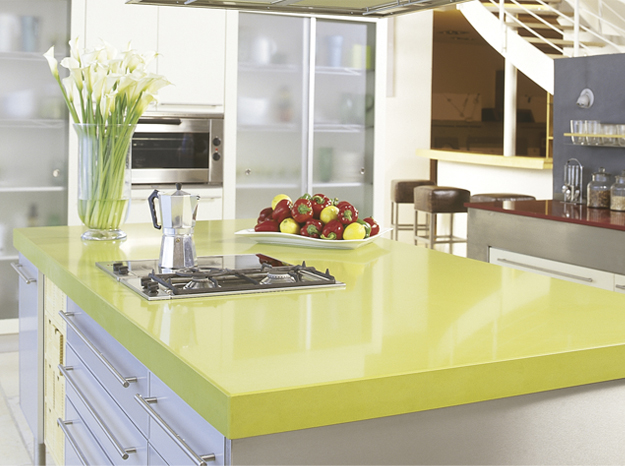
 RSS Feed
RSS Feed